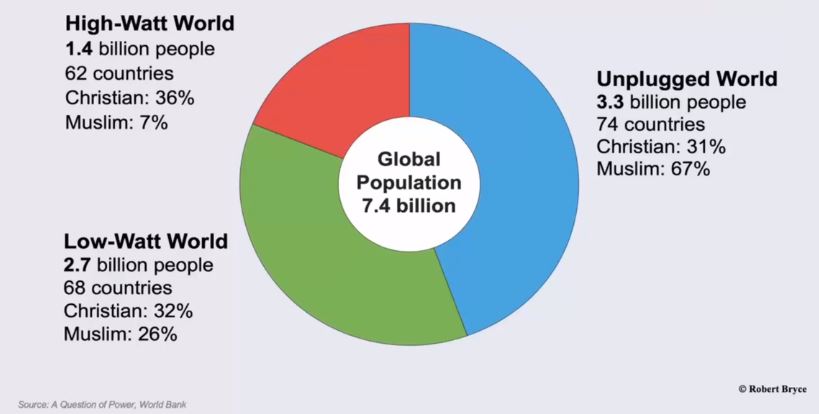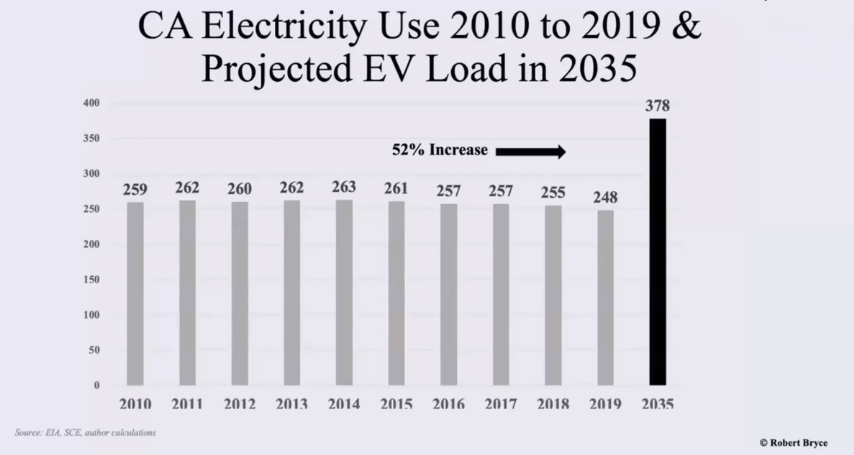The shared benefits of natural gas extend well beyond a round-the-clock, affordable power supply. Although typically gone unnoticed, natural gas and natural gas liquids (NGLs) shape nearly everything we touch, see and rely on.
Last week, the Department of Energy released an updated report underscoring those similar themes: that natural gas and natural gas liquids are the foundation for all of life’s essential needs. They are the resources, as the DoE puts it, which “provide energy security and support our quality of life.”
Consider, over the past decade, clean, American produced natural gas has been the primary driver of significant clean air progress and, for continued environmental progress alongside economic growth, natural gas must be the cornerstone of the U.S. electricity mix.
“Renewables and natural gas are highly complementary and should be jointly installed to meet the goals of cutting emissions and ensuring a reliable energy supply,” DoE’s report states.
Otherwise, we risk losing the progress achieved and will miss out on the lasting environmental, consumer, and national security benefits of domestic shale development.
“There is simply no other electricity source that can provide the uninterruptible reliability, affordability and climate progress that natural gas delivers. Ignoring natural gas as a cornerstone energy and environmental policy would be shortsighted,” MSC’s Spigelmyer writes in a recent op-ed.
During SHALE INSIGHTTM 2020, two keynote sessions explored these areas in-depth. Both speakers exposed the shortcomings of an economy reliant upon intermittent renewable energy sources, and the findings reveal extraordinary consequences that would be detrimental to workers, American energy security, our electricity supply, and the planet.

Tackling Energy Poverty
Robert Bryce, a former Manhattan Institute fellow and energy policy expert, made the point that “electricity is essential to prosperity.” In his latest book, A Question of Power: Electricity and the Wealth of Nations, Bryce explains how natural gas is the bridge between the “electrically rich” and the “electrically poor” nations of the world.
Currently, 3.3 billion people – or about 4 in every 10 people – in the world suffer from energy poverty, meaning they rely on ancient energy resources like wood, charcoal, and even dried animal waste to cook food and heat homes. These sources release harmful toxic emissions when burned, gravely impacting both public and environmental health.
Meanwhile in America, the world’s largest producer of clean natural gas, fringe groups continue to demand total bans on natural gas for political gain.
“The gas grid for 200 years has been a sign of prosperity and progress in countries all over the world. Now, natural gas is clearly being targeted in the name of climate change,” Bryce explained.
A closer look at the electric grid and the limits of scale demonstrate that “electrifying everything” simply isn’t feasible, especially not at the rate politicians have promised.
California’s electrical grid, for example, is experiencing blackouts even with its existing load, yet the Governor wants to add more electric vehicles to the mix. Should this policy remain in effect, Bryce calculates a 52% increase to the current grid load would be required by 2035.
And fracking bans, as Gov. Newsom and many other politicians have pledged, are essentially a regressive tax, forcing consumers to use electricity at 4 times the per-British Thermal Units (BTUs) cost for gas.

Natural Gas, Oil Needed for Renewable Energy
Mark Mills, a senior fellow with the Manhattan Institute and a writer for the Wall Street Journal, dove into the broad environmental, economic, and supply chain implications of 100% “green energy,” painting a future of green waste and unprecedented global mining demands.
Because renewable energy sources lack baseload power, which natural gas provides, batteries are needed to store additional energy produced to be used during the frequent times the sun isn’t shining or the wind isn’t blowing.
The manufacturing of those batteries, however, rely on the mining of rare earth metals and other processes that have an environmental impact. In fact, the global mining industry today consumes more oil than the global aviation industry did before COVID-19 hit, according to Mills.
One car battery that weighs approximately 1,000 pounds, for example, would require 500,000 pounds of materials that need to be mined. Mills calculates that mining for materials needed for batteries would require a 200 – 5,000% increase in demand on those various minerals. This represents the largest single increase in demand for minerals that the world has ever seen.
Moreover, moving to a “carbon-free” grid program would require a level of construction mobilization unseen since World War II. In other words, as Mills described, it’s extremely unrealistic.
Not to mention the “green waste” created once renewable energy infrastructure reaches its end of life. Wind turbine blades on a single 100 MW wind farm generate more non-recyclable trash at the end of life than all of the world’s plastic straws combined.
So where do we go from here? Elected leaders should advance policies that further encourage natural gas production and use while recognizing the importance of oil and natural gas in developing and supporting renewable energy sources. The U.S. has a key opportunity to be the supplier of natural gas and oil to the rest of the world where, up until now, Russia and Saudi Arabia have been the dominant swing suppliers. This transition will enable more people to benefit from clean American energy, freeing countries from less democratic energy producing nations.




